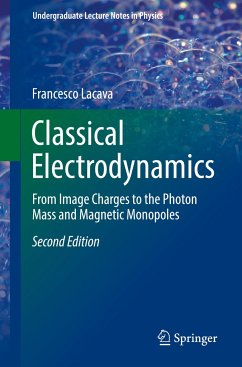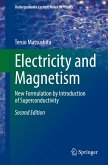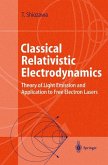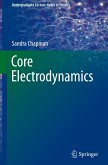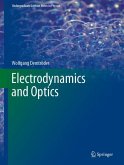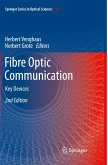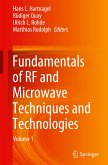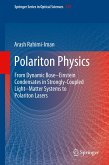This book presents an overview of Classical Electrodynamics. Its second edition includes new chapters that pick up where the material from the first edition left off. The image method introduced in the first edition is expanded to series of images, using simple examples like a point charge or a charged wire between two grounded plates, as well as more relevant examples such as two charged conducting spheres and the force between them. The topic of complex functions is broadened with the introduction of conformal mapping. One new chapter introduces the method of separation of variables, including in Cartesian coordinates (box with sides at fixed voltages), in spherical coordinates (dielectric and conducting sphere, potential of a charged ring), in cylindrical coordinates (conducting wedge, cylinder in uniform field). It also presents the potentials and the fields for a point charge in motion, radiation by a point charge and by a dipole, radiation reaction. Two other chapters present updated lessons on the mass of the photon and search for monopoles. Examples and/or solvable problems are provided throughout.
Bitte wählen Sie Ihr Anliegen aus.
Rechnungen
Retourenschein anfordern
Bestellstatus
Storno

